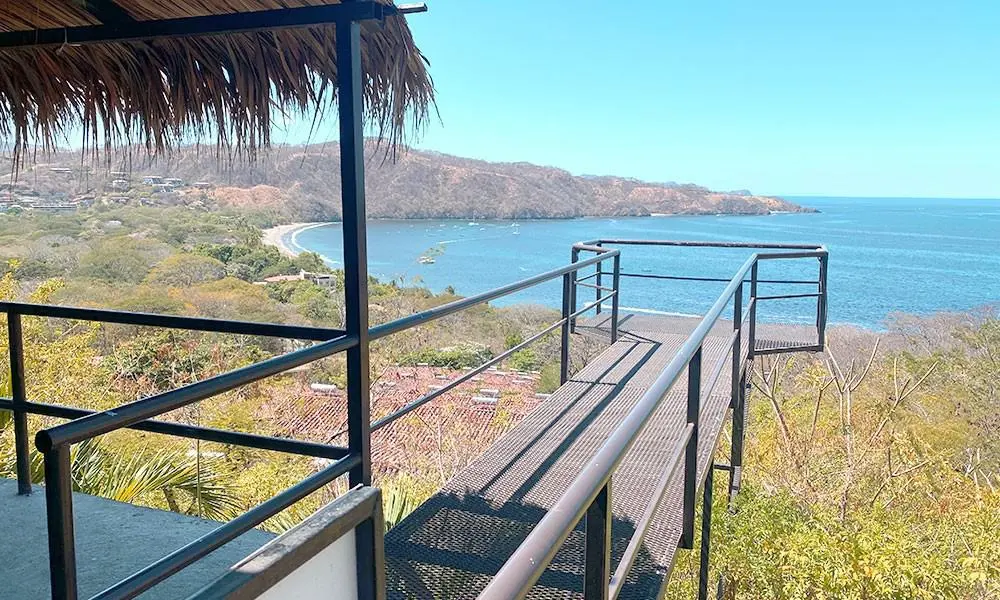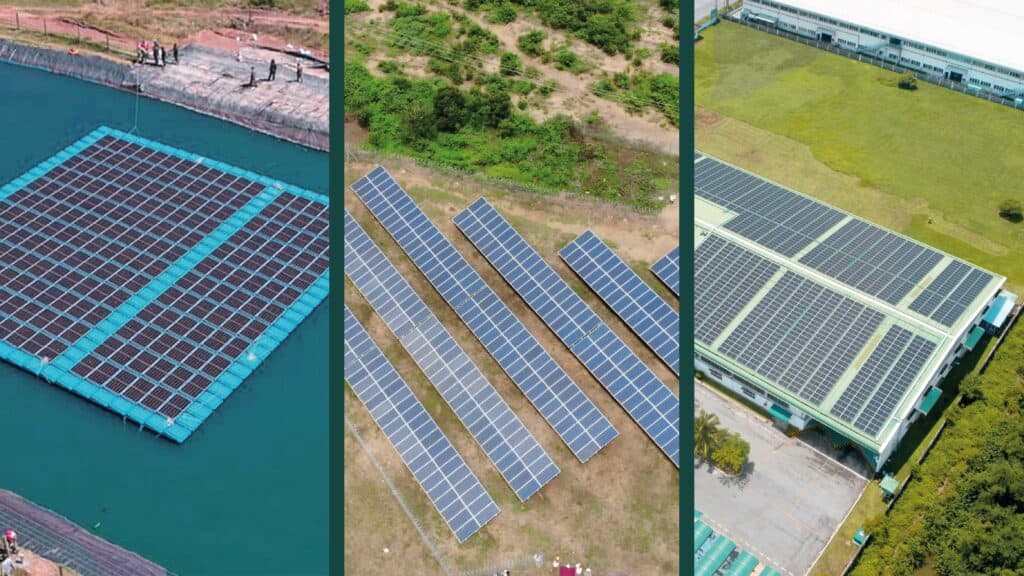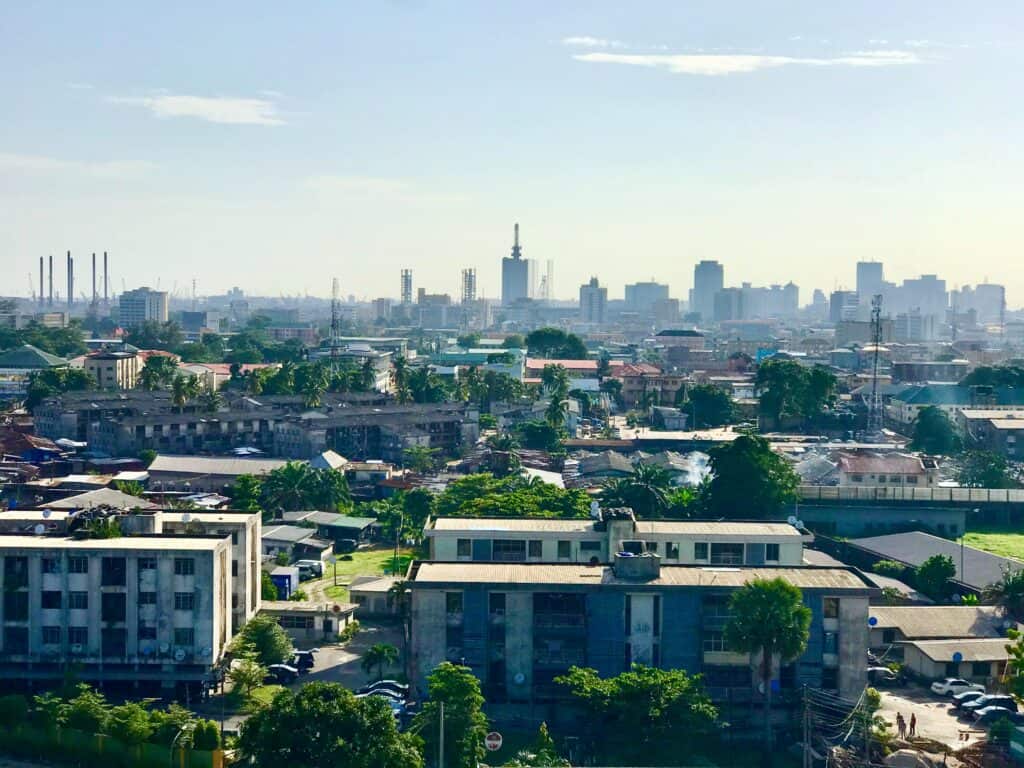Why is there a finance gap for solar in sub-Saharan Africa?

Sub-Saharan Africa, a sun-belt region, not only has great conditions for producing solar energy; there is a strong economic argument for it, too. The price of electricity for businesses and industries in countries such as Ghana is as high as 38 euro cents per kWh, which has been cited as the biggest problem for businesses and hinders economic growth. And still there are frequent blackouts. The recent price escalations from many African utilities can be seen as a step towards reducing the subsidies in the power sector, which is crucial for these state-owned utilities to run profitably.
As the cost of producing solar electricity continues to fall, solar projects to supply these businesses are technically and financially viable – nevertheless, they are not being implemented. This is because there is a structural finance gap in sub-Saharan Africa that prevents many solar projects from having access to finance and thus being realised. But with such obvious cost benefits, why does this finance gap exist?
High transaction costs
Implementing renewable energy solutions comes with high transaction costs typically transpiring from activities such as technical feasibility studies, financial assessments, legal structuring of projects risk appraisals and other development expenses. These are typically performed through external companies, resulting in fixed costs which are independent of the size of the project. Therefore, it makes financial sense for commercial investors to invest in larger rather than smaller projects as the fixed cost can be justified better on larger projects.
Short loan tenors and high interest rates
In most sub-Saharan African countries, suitable bank loans for solar systems are not available. This is because local banks only provide short loan tenors of not more than three years with interest rates that sometimes reach 20% or more. This is a commonly known bottleneck that development organizations try to address with very limited success so far in the field of renewables. Consequently, this is not a viable option for the finance of solar systems.
What is the impact of the finance gap?
Rural electrification projects are often financed through dedicated energy access funds, development organizations or microfinance institutions. At the other end of the scale, development finance institutions provide debt financing for utility scale solar farms and very large systems. However, due to the reasons listed previously, the finance gap largely impacts systems with a financing volume of between 50,000€ and 2.5 million €.
This translates roughly to solar systems with a capacity of between 40 kWp and 2 MWp, which are the ideal size to provide commercial and industrial (C&I) customers with solar as their power demand is typically in the same range. These companies, although financially stable, do not invest outside of their core business.
In Kenya, the C&I sector consumes 72% of the country’s utility-supplied electricity. If the finance gap can be closed, solar projects represent an opportunity to both support the economy and reduce strain on the national grid, freeing up capacity for households.
How can the projects be financed?
While pilot projects in the C&I field exist, there are not many solar systems implemented yet in sub-Saharan Africa. Pilot projects are often at least co-financed by grants, which is unsustainable, and consequently seldom receive follow-up projects. While pilots are helpful in testing technical feasibility and increasing knowledge of solar energy solutions in the market, sustainable financing mechanisms need to be in place to scale up the renewable energy markets in Africa.
A new trend signals hope: a rise in alternative financing methods such as crowdinvesting is mobilising private finance for projects of this size. This opens access to the finance that is necessary for the realisation of these projects.
Crowdinvesting is when many investors finance a project, each making a small financial contribution in proportion to the total capital required. At most crowdinvesting platforms, investment volumes already start at 500€ or even below but total investment sums per project still reach several hundred thousand or even millions of €.
Crowdinvesting offers private investors tangible and transparent investment opportunities. Investors can select individual projects based on their interest and risk profile. Although it is referred to as investing, in most cases debt based financial instruments are used. In these cases, the investor receives the loaned amount back over time plus an attractive interest. Typical loan tenors are 5 to 8 years and repayments are in most cases structured as annuity payments.

An effective use case is ecoligo’s: a solar utility that utilises crowdinvesting to finance solar systems for C&I customers in sub-Saharan Africa. The business model is free from the need for subsidies, which is a crucial factor in sustainable energy development. In the current Bondet Farm project, crowdinvestors receive an interest rate of 5% p.a. over a period of 5 years when they give a loan to finance two solar systems with a combined capacity of 118.9 kWp. This will supply a flower farm in Kenya with solar power.
As awareness of the need for and the benefits of renewable energy grows worldwide, access to finance will expand. The process will be slow however, and C&I businesses in sub-Saharan Africa who are suffering from high energy costs need a better energy solution. Alternative investment presents a clear path to closing the finance gap and getting many more solar projects realised, in a way that is both environmentally and financially sustainable.
Related Posts
The Future of Tourism is Green: How Your Investment in Condovac Makes the Vision of a Sustainable Hotel Facility a Reality
Costa Rica – A pioneer in sustainable tourism The philosophy of Costa Rica – PURA VIDA – the pure life presupposes an…


